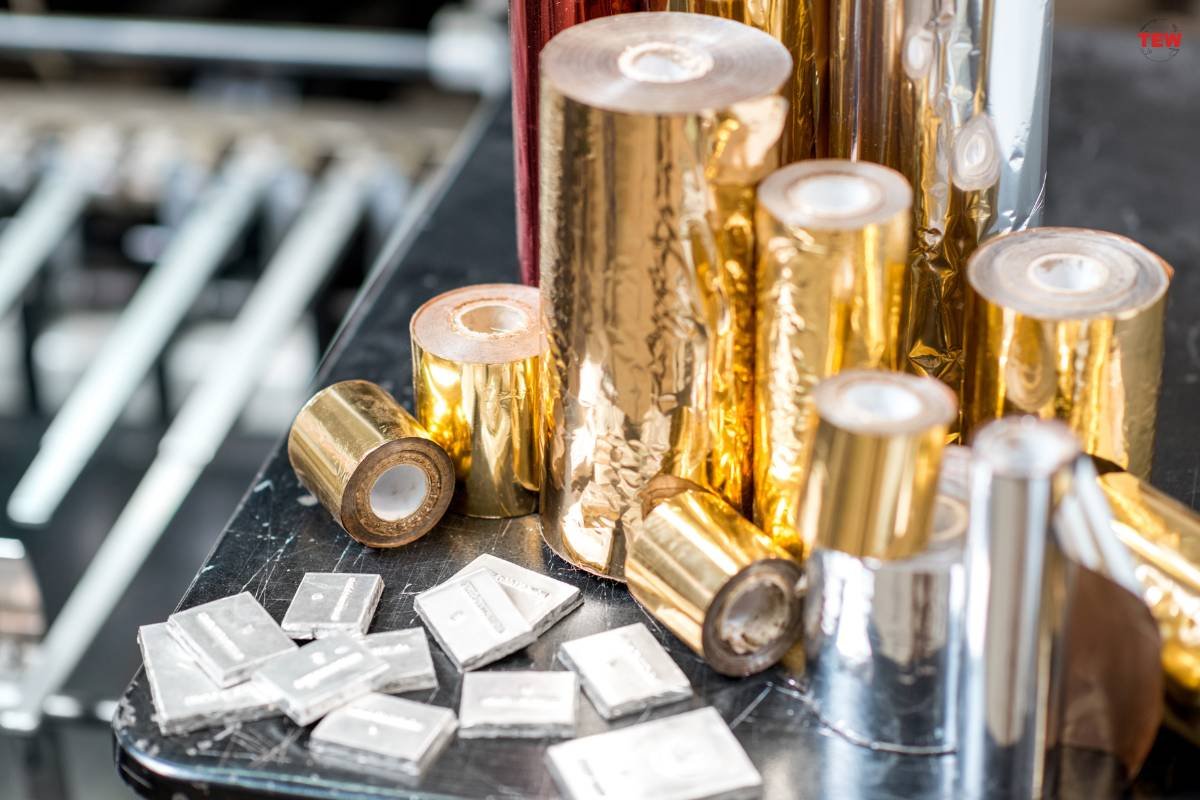In the ever-evolving landscape of additive manufacturing, one process has quietly but significantly made its mark – Laminated Object Manufacturing (LOM). This innovative technique, born out of the need for rapid prototyping and the desire for cost-effective manufacturing, has found its niche across various industries. In this article, we delve into the intricacies of Laminated Object Manufacturing, exploring its principles, applications, advantages, and the impact it has had on the world of prototyping and production.
Understanding LOM:
Laminated Object Manufacturing, often referred to as LOM, is an additive manufacturing process that was developed in the late 1980s by Michael Feygin, Emanuel Sachs, and David Kelly. It stands out among other additive manufacturing methods due to its distinctive layering technique, involving the use of sheets or layers of material bonded together to create a three-dimensional object.
The Process:
1. Layered Construction:
The heart of Laminated Object Manufacturing lies in its layered construction approach. The process typically begins with a 3D computer model of the desired object. The model is then sliced into thin, horizontal cross-sections, akin to the layers of a cake.
2. Material Selection:

Various materials can be used in LOM, including paper, plastic, metal foils, or composites. The choice of material depends on the intended application, the desired properties of the final product, and the capabilities of the specific LOM machine.
3. Lamination and Bonding:
The chosen material is then coated with an adhesive and laminated together in layers. The adhesive ensures that the layers adhere to one another securely. The stack of laminated layers represents a cross-section of the final object.
4. Cutting and Shaping:
Once the layers are bonded together, a computer-controlled laser or blade cuts the cross-section shape from the laminated stack. This process is repeated layer by layer until the entire object is formed.
5. Post-Processing:
After the object is fully constructed, post-processing may be required. This can include removing excess material, smoothing surfaces, or applying additional treatments to enhance the final product’s properties.
Applications of Laminated Object Manufacturing:
1. Prototyping:
LOM gained popularity initially for rapid prototyping. Its ability to quickly and cost-effectively produce physical models from computer-aided design (CAD) data allows designers and engineers to assess and refine their designs with tangible prototypes.
2. Architectural Models:
In the architectural realm, LOM has become a valuable tool for creating detailed and accurate scale models of buildings and structures. Architects can visualize and present their designs more effectively using physical models produced through Laminated Object Manufacturing.
3. Educational Models:

LOM finds applications in education by facilitating the creation of intricate models for academic purposes. From biological specimens for biology classes to historical artifacts for history lessons, LOM allows educators to bring concepts to life in a tangible form.
4. Tooling and Molds:
Laminated Object Manufacturing is also employed in the production of tooling and molds for various manufacturing processes. The accuracy and speed of LOM make it an efficient choice for creating prototypes of tools and molds before final production.
5. Customized Manufacturing:
The flexibility of LOM in terms of material choices and the ability to create complex geometries make it suitable for customized manufacturing. From personalized consumer products to components tailored for specific industrial applications, LOM offers a versatile solution.
Advantages of Laminated Object Manufacturing:
1. Cost-Effective Prototyping:
One of the standout advantages of LOM is its cost-effectiveness, especially in the prototyping stage. The materials used, such as paper, are relatively inexpensive, making LOM an attractive option for businesses looking to iterate and refine designs without breaking the bank.
2. Speed and Efficiency:
Laminated Object Manufacturing is known for its speed in creating prototypes and objects. The layering technique allows for the rapid construction of complex geometries, significantly reducing the time required compared to traditional manufacturing methods.
3. Material Versatility:
LOM is versatile in terms of material options. Depending on the application, materials ranging from paper and plastics to metal foils can be utilized. This adaptability enables manufacturers to choose materials that align with the desired characteristics of the final product.
4. Large Build Sizes:
Some LOM machines can accommodate large build sizes, allowing for the production of sizable prototypes or objects in a single run. This is advantageous for industries where the creation of large-scale models or components is essential.
5. Minimal Waste:
Unlike subtractive manufacturing processes, where the material is removed to create the final object, Laminated Object Manufacturing generates minimal waste. The excess material can often be recycled or reused, contributing to a more sustainable manufacturing approach.
Challenges and Considerations:

1. Limited Resolution:
LOM may face limitations in terms of resolution compared to other additive manufacturing methods like stereolithography or selective laser sintering. This may impact the level of detail achievable in the final product.
2. Material Constraints:
While LOM offers material versatility, the range of materials suitable for this process may not be as extensive as in other additive manufacturing methods. This can limit the material properties available for specific applications.
3. Post-Processing Requirements:
Depending on the application, post-processing steps may be necessary to refine the final product. This additional step could impact the overall time and cost efficiency of the manufacturing process.

How Does 3D Scanning Technology Work? A Beginner’s Guide:
As 3D Scanning Technology infiltrates our everyday lives, things that were once in the realm of science fiction have now come to resemble reality.
Conclusion:
Laminated Object Manufacturing has proven to be a valuable player in the realm of additive manufacturing, offering a unique approach to constructing three-dimensional objects layer by layer. Its applications in rapid prototyping, architectural modeling, and customized manufacturing showcase its versatility and efficiency. As technology continues to advance, and with ongoing developments in material science, LOM is likely to evolve, addressing current limitations and expanding its reach into new industries. In the ever-evolving landscape of manufacturing, Laminated Object Manufacturing stands as a testament to the innovative spirit that continues to drive progress in the field of additive manufacturing.




